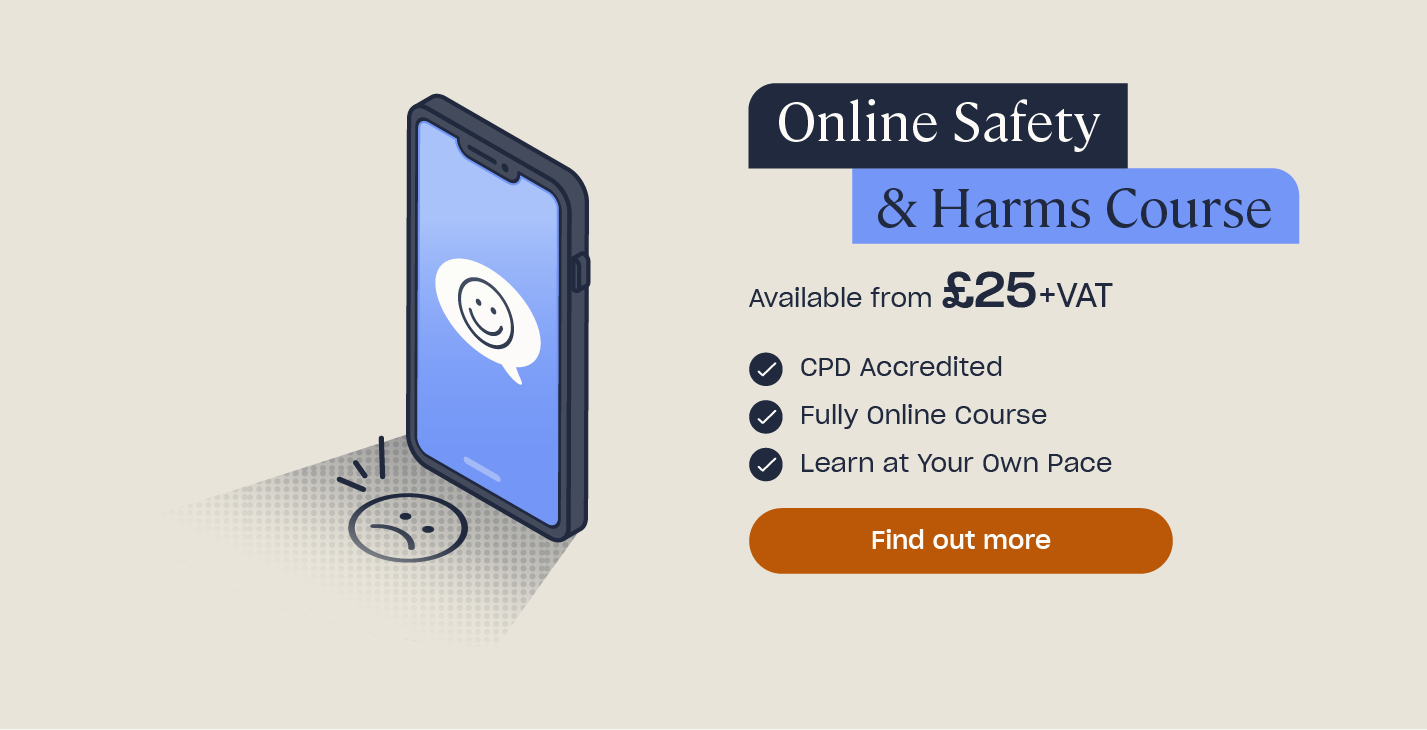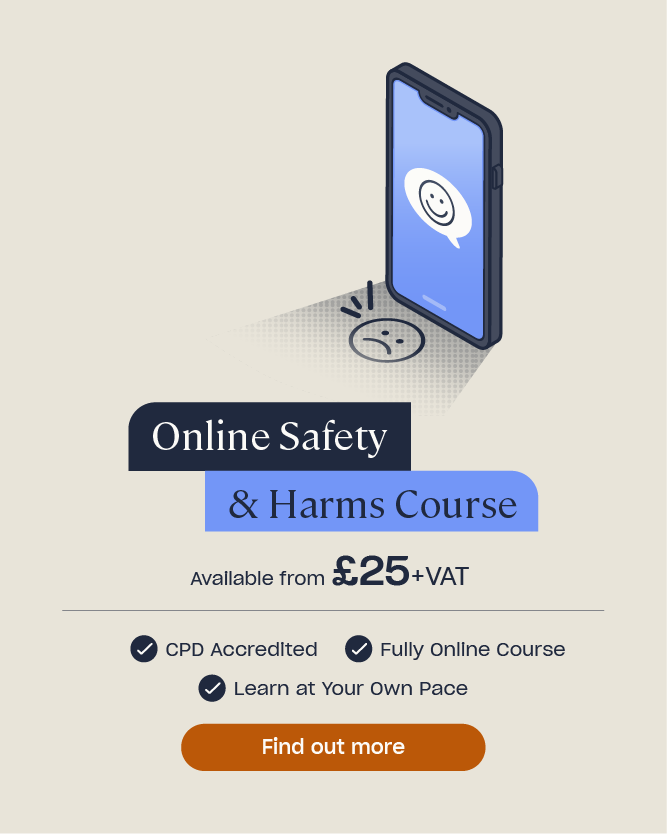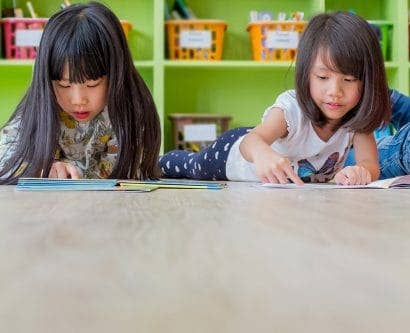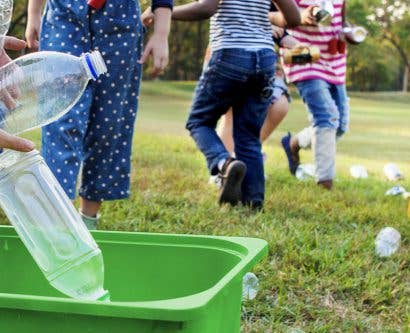The Importance of Teaching Social Media Safety in Schools
The last ten years have witnessed an explosion in the popularity of social media.
Currently, there are around 2.62 billion social media users worldwide, with this number rising each year. This figure contains all age groups, including young people who are particularly involved with social media.
Sites such as Facebook and Twitter are popular among adults and young people alike, whereas apps like Snapchat and Instagram are largely favoured by the younger generations. Social media is now considered the most popular method of communication among teens and one of their main ways of socialising.
This social media popularity among teens, however, is accompanied by potential dangers. The risk of interacting with groomers and being exposed to radicalisation exists across many online platforms. This makes it crucial to teach young people how to stay safe on social media so they can get the most out of the online world. Schools are a great place to raise this awareness as students can learn interactively with their peers and explore the positives and negatives of social media in context. We’ve written this guide to help you teach this aspect of internet safety and included a social media safety poster for you to use.
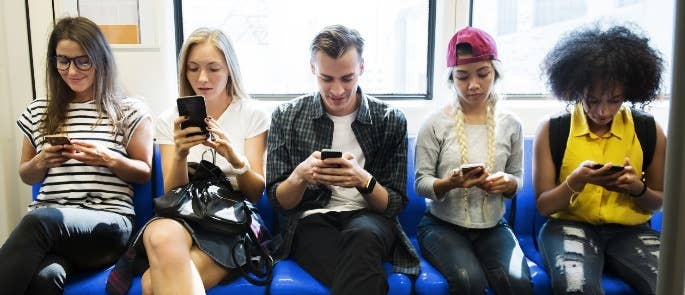
What is the Impact of Social Media in Schools?
Social media can be beneficial when it comes to schoolwork. It gives students the opportunity to collaborate and discuss things, such as if they’re stuck on a homework task, and they develop more familiarity with computers and other pieces of technology. However, there are a number of risks associated with it:
- Bullying. Bullies may use their personal accounts or hide behind an anonymous persona to target others. They might send nasty and abusive messages, share embarrassing photos and secrets, or deliberately leave someone out of an online chat.
- Distractions from lessons. Students may spend lesson time on social apps on their phones, which distracts them from their work. This reduces their concentration and could lead to lower academic performance.
- Reduced social skills. The more time teens spend on social media, the less time they spend interacting with their friends face-to-face.
- Sharing personal information. Groomers often use social media to target their victims, so students should never talk to someone they don’t know and share their personal information. Furthermore, they must be cautious of sharing certain images that can be dangerous if they fall into the wrong hands.
- Making inappropriate comments. Students should know that what they say online can have repercussions in later life. Many employers look at an applicant’s social media accounts before they offer them an interview. A stupid comment could therefore cost a student their dream job further down the line.
- Links to mental health issues. Social media sites can have many negative consequences on mental health. Sites that promote image sharing may lead to teens comparing themselves with their peers, and certain blogs may promote dangerous lifestyles.

Despite these risks, students can still enjoy social media safely so long as they’re aware of them.
Need Online Safety & Harms Training?
Our Online Safety & Harms Course provides you with all you need to know to keep students safe online, from being able to identify when a child is at risk to knowing how to respond to online safeguarding concerns.
Lesson Plans and Tips for Teaching Social Media Safety
Social media is a huge part of many young people’s lives so it’s essential they know how to use it safely. Often, lecturing on the dangers of social media falls on deaf ears, so you need to give it some context and encourage active participation to have results. In this section, we offer some tips to help you do so.
Be Hypothetical
You can teach students the consequences of sharing inappropriate comments online by discussing case studies and/or examples. Create hypothetical situations to get them thinking about what they’d do if a certain something happened and even role play these scenarios.
For example, if you teach GCSE aged students, you could role play a job interview in which the employer asks them about a negative comment they made online. Getting students to consider how they’d react and reply in this situation illustrates a key component of internet safety: that you never know how far your content can travel.
Get Creative
A great way to get students interacting with the lesson and feeling engaged is by getting them to design something. Let them be creative with their ideas but ensure the focus remains on internet safety. They could:
- Create an eye-catching poster to display in the classroom. This could contain generic tips for staying safe on social media or could focus on one social media app in particular.
- Make a leaflet for a ‘beginner’s guide to social media’. This could include safety advice and tips to get the most out of an app. Ask older students to create this for younger students.
- Create a lesson plan and deliver it. A great way to get students thinking about social media safety is by getting them to think about how they’d teach it to someone else. Put students into groups and ask them to come up with enough content to fill 15 minutes. You could even give each group a different social media platform to focus on.
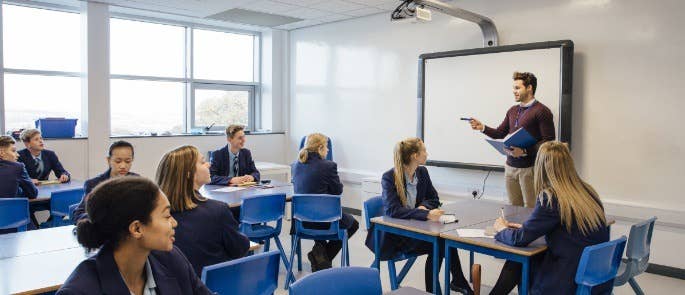
Explore Sites Together
Have a discussion with your students and get to know the sites and apps that they use the most. Ask them which sites they think are appropriate for children of different ages and what behaviours they think are acceptable on these sites.
You could also ask them if they’ve seen anything online that’s made them uncomfortable and use this as the basis of a class discussion. State that they should report and block anyone acting in an unacceptable way and explain how they can do this.
Set Up a Class Profile
Social media is a huge aspect of young people’s lives, so you should choose to embrace it in the classroom. Set up a classroom social media account that you manage and that students and parents can view.
For example, you could set up a classroom Facebook Page. On here, you can post homework tasks and share updates and students can use the school account to help each other out with assignments. It’s a great way of increasing the sense of community in the classroom and promoting positive social media use.
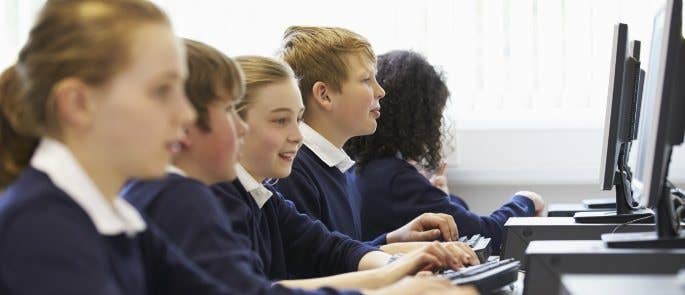
Free Social Media Safety Poster
Here we’ve included a poster that shows the potential chain of a shared image, which you can print out and display in your classroom. Talk through it with your class and use it to aid some of the activities we’ve described above.
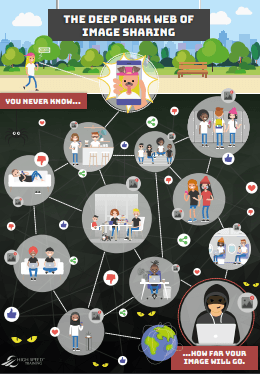
For more resources like this, and comprehensive lesson plans for teaching internet safety in schools, have a look at our online Online Safety & Harms training course.
What to Read Next:
- Parents’ Guide to Instagram
- How to Respond to Dangerous Online Challenges: Guidance for Schools
- How Much Do You Know About Internet Safety? KS2 Quiz
- Why is Cyberbullying Harmful and What Actions Can You Take?
- Internet Safety Posters for Schools
- Mobile Phones in Schools Debate: Advantages and Disadvantages
- Technology in Education
- Online Safety & Harms Course


